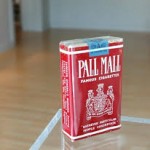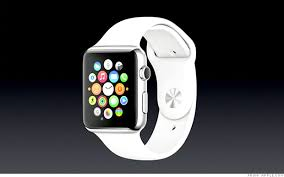First Ad.
A company’s first ad is very telling. Every company should keep its first ad and frame it. Make it available as a tab under “About” on the website. One can predict a lot about a company by reading or watching its first ad. Typically it contains the company Is-Does: what a company is and what it does; something not always well-handled by mature companies, let alone infants. The first ad is likely done in-house. If done by an agency, that’s a good sign. It shows trust and willingness to invest.
First ads often makes one think about logo and tagline. And story. Most first ads happen when a company is small and control is centralized. It will therefore help readers understand vision and the ability of management to focus. It will also convey if the company is going to be “me” (inward) focused or “you” (customer) focused.
A first ad is like a baby. Hard work. Nerve-wracking. Often a little bit ugly. But something to love. It is a beginning.
Dust off your first ad and send it to me. I’ll give you a little blurb on how you have grown your brand since.
Peace in Baltimore.




